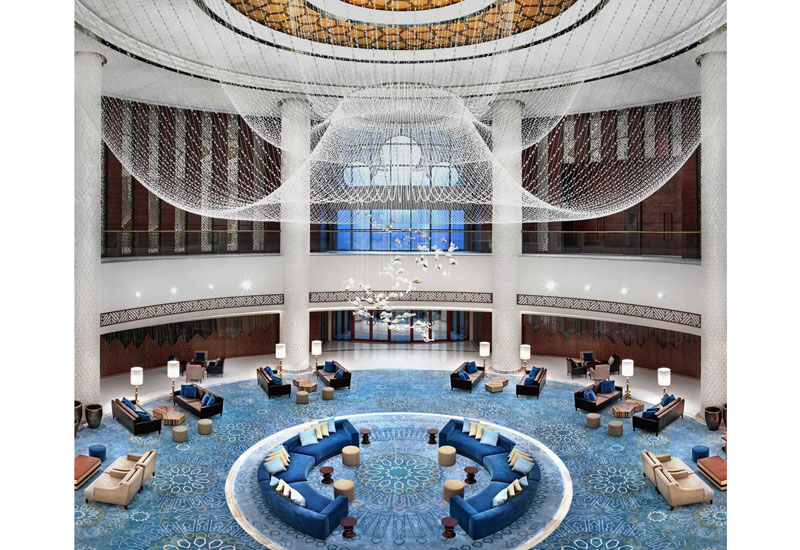Chambers says that millennial travellers are dictating trends in the market now and as such, look for “value for money”. He states: “Large guest rooms are not as important as high speed internet or bathroom amenities. They just want functional uncluttered spaces.”
Another trend is localisation AccorHotels Middle East and North Africa managing director and COO Olivier Granet had previously spoken to Hotelier about the group’s efforts in localising a hotel’s design. He pointed to the Majlis Grand Mercure Residence Abu Dhabi as an example of an established brand adopting design inspiration from its locale to produce a completely different product, unlike the norm that brands generally confine themselves to.
During adds to the debate: “Take inspiration from your travels, for sure. But don’t copy paste. Do we have to do a Taj Mahal times four here? It is up to interior designers, project managers and architects to hold on to the least of their integrity.”

| Advertisement |
LXA Interiors director Sarah-Jane Grant is another designer who agrees with the idea of integrating a sense of local flavour into a hotel’s design. “At the moment, creating a hotel environment with a vernacular sense of place is a key design trend. Rove and Hyatt Central are two exponents of the trend, and are hotels that provide insights into local experiences. We are currently working with Hyatt Central on a hotel in the French Alps that will consider the local surroundings, culture and trends in the bespoke design.”
In architectural terms this design method is referred to as the “contextual approach”. However, the sheer number of hotel projects in the pipeline in the Middle East and North Africa means integrating local design cues (whether Arabian or North African) can reach a point of saturation.
So how can two hotel projects that are being constructed side by side, by a set of two completely different developers, architects, and designers, ensure that they look different?
Chambers says the key to not having two hotels look completely similar is understanding the historical elements of that particular city and the wider region.
“Responding to the local environment isn’t simply about fitting in with the building next door, or replicating traditional elements. Cities throughout the Middle East have a long and sustained past which strongly imprints a sense of identity on the culture and place. In order to maintain the character of a place and thus preserve its identity, it is critical to first understand the specific historical, social and physical conditions of that particular place. Only once these conditions are fully understood can a suitable architectural response be provided,” notes Chambers.
Another growing trend in the market is the introduction of celebrity architects and designers lending their expertise to projects in the Middle East.









 Search our database of more than 2,700 industry companies
Search our database of more than 2,700 industry companies









